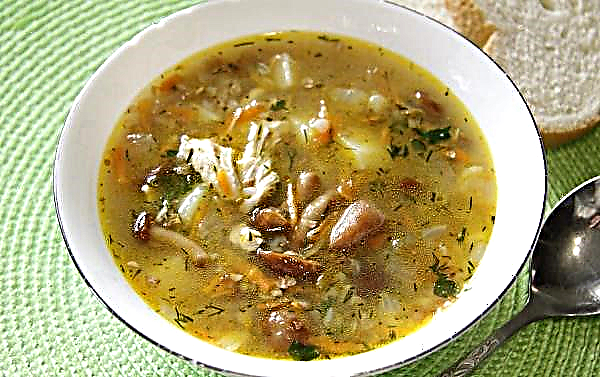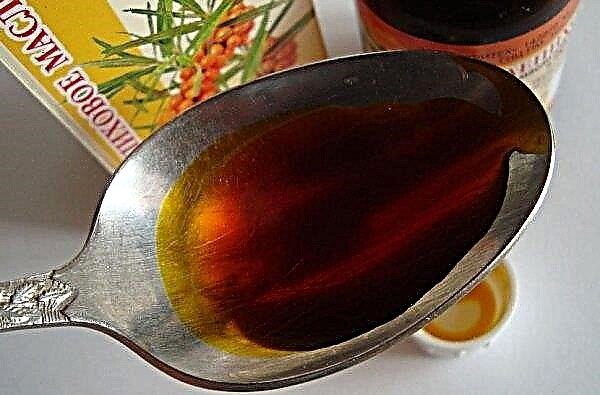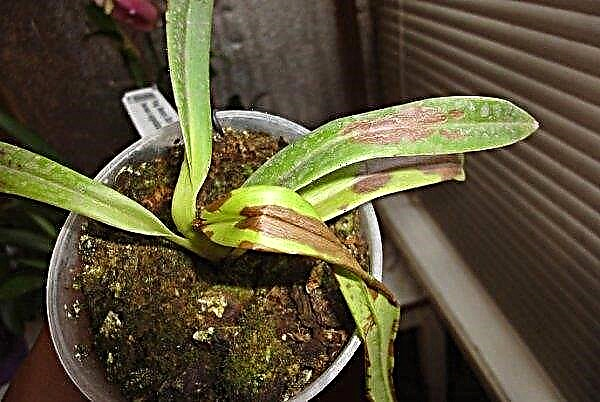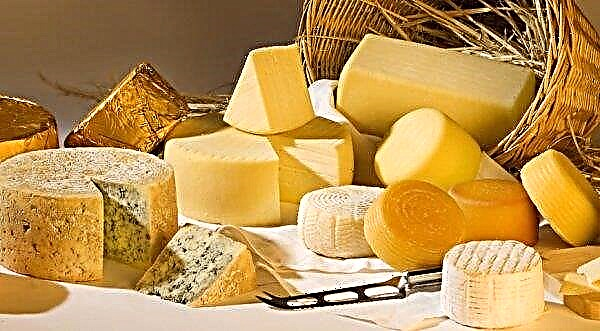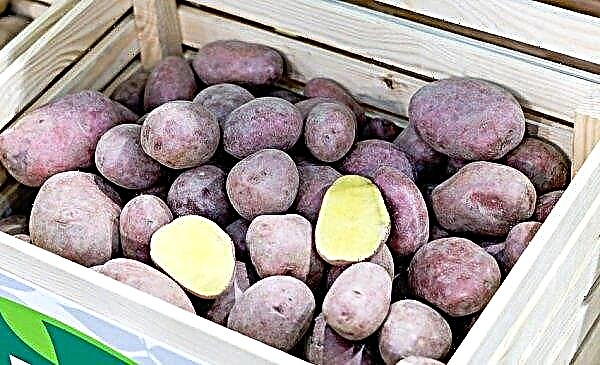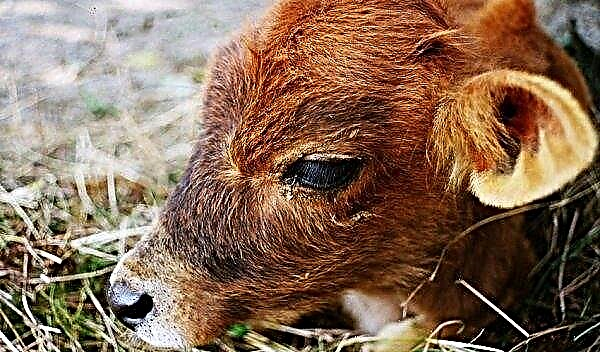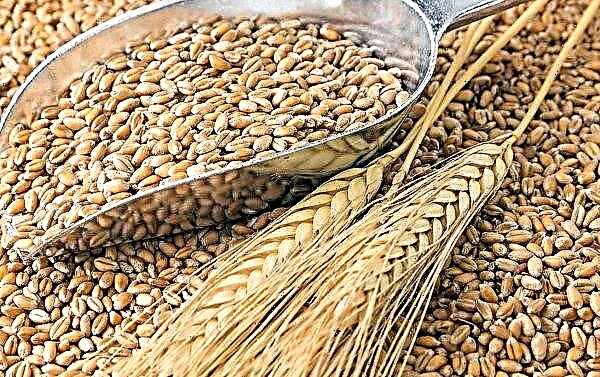Watermelons have been known to people since ancient times. Initially, they were completely different from those plants that we know of. Domestication and selection resulted in sweet, large fruits with lots of pulp. And now, the large size of the watermelon fruit complicates its classification.
The history of the origin of watermelon
There is no exact data on the origin of the plant. The first mention of it appeared 2 thousand years BC. e. - the ancient Egyptians left them on the walls of their temples and tombs. They even buried watermelons in the tombs of the pharaohs to provide them with food in the afterlife. On merchant ships, the fruits spread to other countries: in the X century they reached China, and by the middle of the XII century they were known throughout Europe. America, however, learned about these plants in the 16th century, when seeds along with slaves were delivered to the American mainland by the colonists. Today they are grown in almost all countries of the world.
Did you know? Grow watermelonsin Europe, and not imported from the East, only started in the 17th century. That's why in In English, the word for their designation, "watermelon", that is, water melon, first appeared in 1615.
Description and characteristics of the fetus
Watermelon belongs to the pumpkin family, a group of melons; is an annual. The fruit and plant have a common name. The fruit itself has a spherical or oval shape. The bark is light yellow to green with characteristic stripes. The pulp of a ripe fruit is juicy and fleshy, depending on the variety it can be yellow, white, light pink or rich red, it has a sweet taste. The weight of the fetus can reach 25 kg.
Allocate table and feed varieties. The first people eat raw or pickled, used for making candied fruits. The latter is used only as animal feed.
Watermelon is a berry, fruit or vegetable
It’s quite difficult to say exactly what a watermelon refers to. Some botanists attribute it to pumpkins, like the fruits of melon, cucumber or pumpkin; others to berries. It has both general and excellent characteristics from the named species. One thing is for sure, watermelon is not a fruit, because it does not grow on trees, but spreads on the ground.
Supporters of pumpkins point to similarities in appearance - however, unlike pumpkins, a watermelon does not have a void inside, and the seeds are located throughout the pulp. Although this fruit has much in common with a berry, there are also distinctive characteristics: it has a solid peel made of lignified cells, which we cannot eat. Because of this, watermelon is considered to be a false berry. Thus, it is not entirely true to say that it is the largest berry in the world.Did you know? The largest watermelon in history was grown in the USA (2013) and had a weight of 159 kg.
Watermelon Properties
This fruit has both beneficial and harmful properties.
Benefit
- The fruit in question not only has excellent palatability and the ability to quench thirst, but also has healing properties:
- Due to the presence in the composition of a large number of alkalis, it has a choleretic property.
- Prevents the formation of kidney stones, the accumulation of salts in the body.
- Stimulates digestion thanks to soft fibers.
- The presence of folic and pantothenic acid contributes to the improvement of metabolic processes in the body.
- Helps in the fight against diabetes and atherosclerosis.
- Magnesium and potassium in the composition of the fetus have a beneficial effect on the cardiovascular system, help in the fight against hypertension.
Harm
- Along with useful properties, this false berry also has harmful effects:
- Since it has a strong diuretic property, it is forbidden to use for people suffering from prostate adenoma.
- It is able to provoke the movement of existing kidney stones.
- A plant like a sponge absorbs all toxic substances from the soil, nitrites and nitrates in particular. When used in food the fetus, their excess can cause poisoning of the body or manifest as an allergic reaction.
Watermelon application
This false berry has a wide range of uses. Man has long been using its useful properties in various fields of his activity.
In folk medicine
In folk medicine, pulp is used for intoxication of the body, since it helps to speed up metabolism. To remove edema, a crust is used: a decoction is prepared from it or scrubbed raw zest is used. To combat helminths, seeds are used, on the basis of which a special decoction is prepared. Also, pulp and honey made from it contribute to an increase in the body's overall resistance and can slow down the growth of cancer cells.
In cosmetology
Watermelon is also popular in cosmetology - it acts as an assistant in the fight against sagging skin and small wrinkles, helps moisturize and refresh the skin. It uses both fresh juice and frozen. In the fight against redness and fat content, a tonic based on false berry juice is effective: it is applied before the cream, since the tonic opens the pores and helps the cream penetrate the skin better. Juice is also used in hair care - based on it, a mask is prepared that nourishes the hair and gives it shine.

In dietetics
In dietetics, watermelon is used to normalize digestion and diets. To reduce weight, fasting days are arranged during which no food is consumed besides him. However, it is often better not to carry out such unloading, as it can harm the body. The daily dose should not exceed 400 g. It is better to eat a treat in the first half of the day and after taking the main food.
Important! People with diabetes or impaired glucose should limit their watermelon intake due to its high sugar content.
In cooking
In cooking, it is customary to use both the whole fruit and its components; Whole are usually soaked and used as a side dish for meat or fish. When digesting the juice, a thick, viscous, sweet mass is obtained, which is called watermelon honey and is used as a sauce or an independent dessert. They also make pastille from the flesh, and candied fruit from the crusts. Seeds are used to make fragrant oil. Fried watermelon is considered the most exotic; it is served with cheese or ham.

Basic rules for the selection and storage of watermelon
Almost all watermelons on the shelves of supermarkets, shops and markets are of the same origin. However, the storage method significantly affects their quality. The product is capable of absorbing harmful substances, and harmful microorganisms can also enter through the damaged crust, so when choosing, pay attention to where the outlet is located, what are the conditions there, are there any nearby chemical industry enterprises, highways.
This is a seasonal fruit, the most optimal time for its purchase will be mid-July - end of August. Buying it earlier, you run the risk of getting a product grown using a large amount of nitrates.
To choose a ripe fruit, pay attention to the tail - it must be dried. The most common selection method is hand squeezing on both sides. A ripe fruit will emit a characteristic crunch.
For long-term storage of fruits, an air humidity of 85% and a temperature of + 1 ° C to + 5 ° C are required. They should lie on a soft surface so that the crust is not damaged. The cut fruit is stored in the refrigerator under a cling film.Important! Giving children a watermelon is allowed only after they reach 3 years of age.
Watermelon is an amazing fruit: it is rich in vitamins and minerals, known and loved throughout the world. It can be used not only in cooking, but also in other spheres of human activity.


